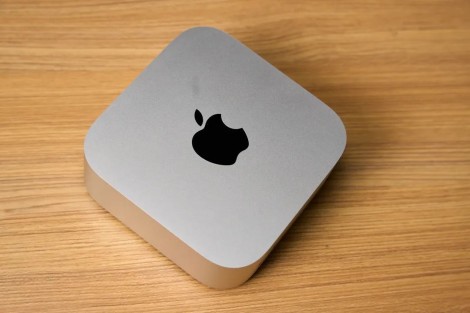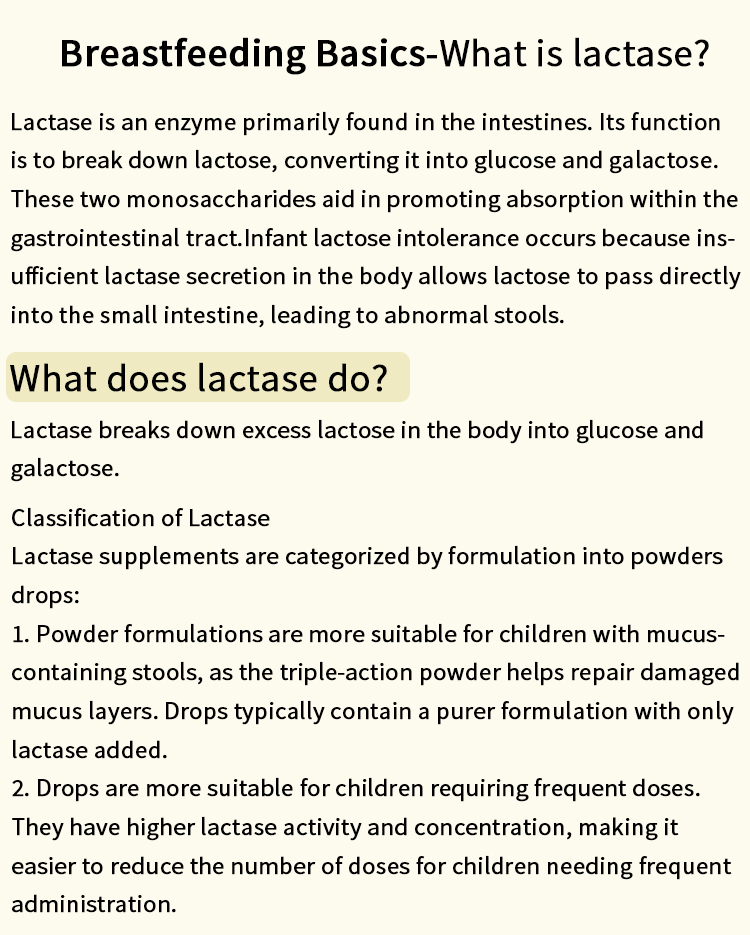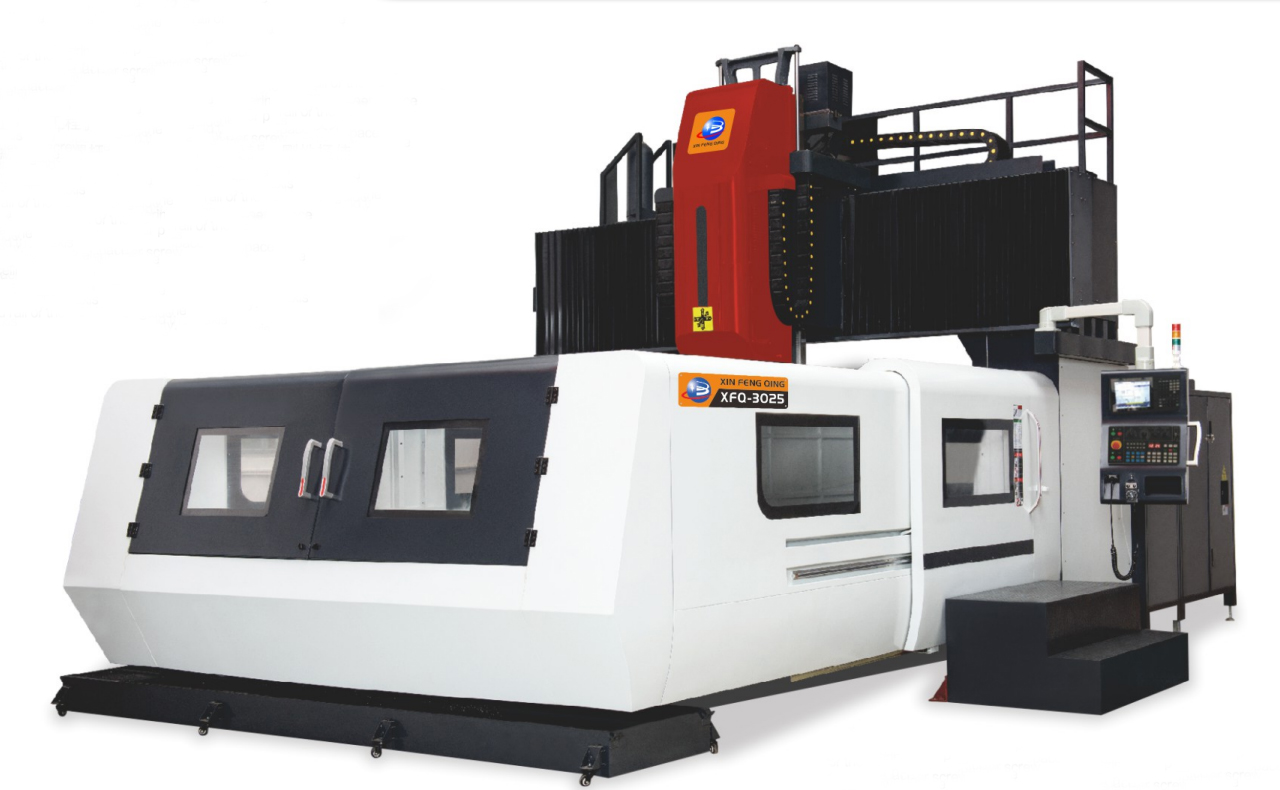In the ever-evolving landscape of technology, the all-in-one printer has emerged as a versatile solution for both home and office environments. As businesses and individuals seek efficiency and cost-effectiveness, the question arises: Is it better to buy an all-in-one printer? This article delves into the multifaceted advantages and potential drawbacks of all-in-one printers, providing a comprehensive analysis to help you make an informed decision.
Understanding All-in-One Printers
All-in-one printers, often referred to as multifunction printers (MFPs), combine several essential functions into a single device. Typically, these functions include printing, scanning, copying, and sometimes faxing. The integration of these capabilities can significantly streamline workflows, particularly in environments where space and budget constraints are prevalent.
Advantages of All-in-One Printers
- Space Efficiency
One of the most compelling reasons to consider an all-in-one printer is the space-saving aspect. Instead of cluttering your workspace with multiple devices, an all-in-one printer consolidates these functions into a single unit. This is particularly beneficial for small offices or home workspaces where every square inch counts.
- Cost-Effectiveness
Investing in an all-in-one printer can lead to substantial cost savings. Purchasing separate devices for printing, scanning, and copying can quickly add up. An all-in-one printer typically costs less than buying individual machines, and it often comes with bundled software that enhances functionality without additional expenses.
- Convenience and Ease of Use
With an all-in-one printer, users can perform multiple tasks without switching between devices. This convenience can lead to increased productivity, as users can print documents, scan images, and make copies all from one interface. Many modern all-in-one printers also offer wireless connectivity, allowing users to print directly from their smartphones or tablets, further enhancing usability.
- Advanced Features
Many all-in-one printers come equipped with advanced features such as duplex printing, high-resolution scanning, and cloud connectivity. These features can significantly enhance the quality of output and streamline processes, making them ideal for both personal and professional use.
Potential Drawbacks of All-in-One Printers
While all-in-one printers offer numerous benefits, they are not without their drawbacks. Understanding these limitations is crucial for making an informed decision.
- Single Point of Failure
One of the primary concerns with all-in-one printers is the risk of a single point of failure. If one function malfunctions, it can render the entire device unusable. For businesses that rely heavily on printing and scanning, this can lead to significant downtime and disruption.
- Quality Compromises
In some cases, all-in-one printers may not match the quality of dedicated devices. For instance, a high-end scanner may outperform the scanning function of an all-in-one printer. If your work demands the highest quality output, it may be worth considering separate devices tailored to specific tasks.
- Ink and Maintenance Costs
While the initial investment in an all-in-one printer may be lower, ongoing costs for ink and maintenance can be a concern. Some models use individual cartridges for each color, while others use tri-color cartridges, which can lead to wastage. It's essential to evaluate the long-term costs associated with ink replacement and maintenance before making a purchase.
Making the Right Choice
When deciding whether to buy an all-in-one printer, consider the following factors:
- Usage Requirements: Assess your printing, scanning, and copying needs. If you require high-quality prints or scans regularly, you may benefit from dedicated devices.
- Budget: Evaluate your budget not only for the initial purchase but also for ongoing maintenance and ink costs.
- Space Considerations: If space is limited, an all-in-one printer may be the most practical solution.
- Future Needs: Consider your future needs. If you anticipate growth or changes in your printing requirements, choose a model that can adapt to those changes.
Conclusion
In conclusion, whether it is better to buy an all-in-one printer largely depends on your specific needs and circumstances. For many users, the convenience, cost-effectiveness, and space-saving benefits make all-in-one printers an attractive option. However, for those who prioritize quality and reliability, investing in separate devices may be the wiser choice. By carefully evaluating your requirements and weighing the pros and cons, you can make an informed decision that best suits your home or office environment.





+ There are no comments
Add yours